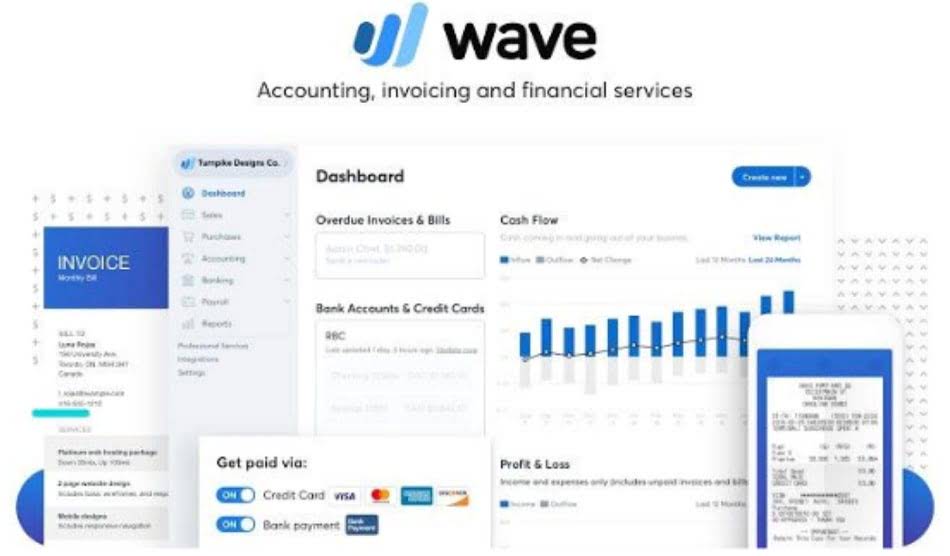
Hence, they have to bypass the company’s net income statement—the sum of recognized revenues minus the sum of recognized expenses—which does include changes in owner equity. For large corporations, typical examples might include gains and losses from unmatured bond investments, changes in the company’s pension plan, and fluctuations from foreign currency transactions. ‘Recycling’ is the process whereby items previously recognised in other comprehensive income are subsequently reclassified to profit or loss.as an accounting adjustment but referred to in IAS 1 as reclassification adjustments.. In other words gains or losses are first recognised in the OCI and then in a later accounting period also recognised in the SOPL.
- Unlike IFRS, SEC regulation[2] prescribes the format and minimum line items to be presented for SEC registrants.
- By offering predictive value, you can plan, strategize your business, and prepare for the future.
- The term single-step comes from the single subtraction that is needed to arrive at net income, before discontinued operations.
- Unlike IFRS, significant events or transactions that are unusual and/or occur infrequently are presented separately in the income statement or disclosed in the notes.
- To calculate this, a company’s accountant will take the net income from the income statement and add or subtract this “other income” as necessary.
Subscribe to the IFRS® Perspectives Newsletter

Let us understand this concept with the help of a basic statement of comprehensive income example. We note that Colgate’s Net income, including noncontrolling interests, is $2,586 million. As we see above, the Income Statement contains the revenues and expenditures related to the business’s main operations. Another area where the income statement falls short is the fact that it cannot predict a firm’s future success.
- The higher the earnings for each share, the more profitable it is to invest in that business.
- An entity has to show separately in OCI, those items which would be reclassified subsequently (‘recycled’) to profit or loss and those items which would never be reclassified subsequently (‘recycled’) to profit or loss.
- Comprehensive income is the variation in the value of a company’s net assets from non-owner sources during a specific period.
- Understanding the statement of comprehensive income is particularly important because it enables small businesses to reflect true income over a particular period.
- When a corporation’s shares of stock are publicly traded, the income statement must display the earnings per share of common stock or EPS.
Related AccountingTools Courses
Examples of financial investment include stocks, bonds, mutual funds, gold and real estate. The information contained herein is not intended to be “written advice concerning one or more Federal tax matters” subject to the requirements of section 10.37(a)(2) of Treasury Department Circular 230. By submitting, you agree that KPMG LLP may process any personal information you provide pursuant to KPMG LLP’s Privacy Statement. Charlene Rhinehart is a CPA , CFE, chair of an Illinois CPA Society committee, and has a degree in accounting and finance from DePaul University. We note above that Colgate Reported a Net Income of $2,596 million in 2016. However, its total Comprehensive Income, including noncontrolling interests, was $2,344 million in 2016.
Please Sign in to set this content as a favorite.
This will usually occur to allow the SOPL to provide more relevant information or provide a more faithful representation of an entity’s performance. Whilst this may be an improvement on the absence of general principles, it might be argued that it does not provide the clarity and certainty users crave. In today’s complex business environment, understanding and reporting comprehensive income is essential for companies looking to provide a complete and transparent picture of their financial performance.

Intra-period tax allocation is the process of allocating income tax expense to various categories within the statement of income, comprehensive income, and retained earnings. The sum of all the revenues, expenses, gains, and losses to this point represents the income or loss from continuing operations. This is a key component used in performance analysis and will be discussed later https://www.bookstime.com/ in this chapter. Other revenue and expenses section is to report non-operating transactions not due to typical daily business activities. Below is an example of a multiple-step statement of income for Toulon Ltd., an IFRS company, for the year ended December 31, 2020. Similarly, it highlights both the present and accrued expenses – expenses that the company is yet to pay.

Expenses by nature relate to the type of expense or the source of expense such as salaries, insurance, advertising, travel and entertainment, supplies expense, depreciation and amortization, and utilities expense, to name a few. The statement for Toulon Ltd. is an example of reporting expenses by nature. Regardless of the approach used, companies need to ensure the presentation is not misleading and is relevant to the understanding of the financial statements. Lastly, if presenting expenses by function, companies are required to include additional information on the nature of expenses (e.g. depreciation, amortization and staff costs) in the notes to the financial statements. Single-step, multiple-step, or any condensed formats used in a statement of income are not specified GAAP requirements. Smaller privately held companies tend to use the simpler single- step format, while publicly traded companies tend to use the multiple-step format.
Benefits of Outsourcing Bookkeeping for Your Small Business
Those items should also be classified by nature or function, in the same way as usual or non-exceptional amounts. Lastly, companies should provide an explanation of the nature of the amount and why the item has been classified in this manner. Another accounting policy election is the presentation of expenses by either their function or nature. This determination should be based on which approach is most relevant and reliable and often depends on the company, the industry in which it operates and its users’ needs.

Even though the income statement is the primary indicator of profitability, other comprehensive income or losses increase the transparency and reliability of financial reporting. In comparison, OCI consists of gains or losses that aren’t realized in the income statement. Large corporations with multiple statement of comprehensive income investments in different countries often use this document and a consolidated statement to collectively report on their businesses. It’s important to note that EPS measures the amount of dollars earned by each common share, NOT the dollar amount paid to shareholders in the form of dividends.
- Paying more than the amount in the income statement is unfavorable for the corporation’s cash balance.
- When expenses are presented by function they are allocated to, for example, cost of sales, selling or administrative activities.
- The multiple-step format with its section subtotals makes performance analysis and ratio calculations such as gross profit margins easier to complete and makes it easier to assess the company’s future earnings potential.
- The SCF is necessary because the income statement is prepared using the accrual method of accounting (as opposed to the cash method).
- Net sales is the gross amount of Sales minus Sales Returns and Allowances, and Sales Discounts for the time interval indicated on the income statement.